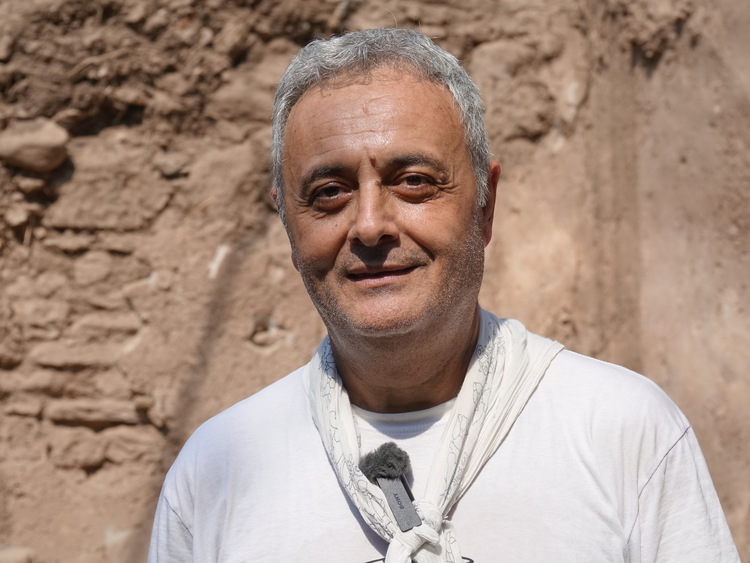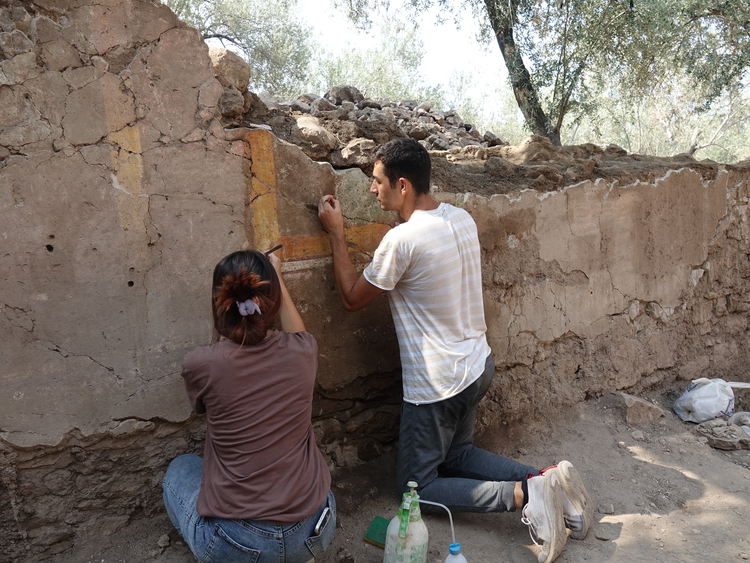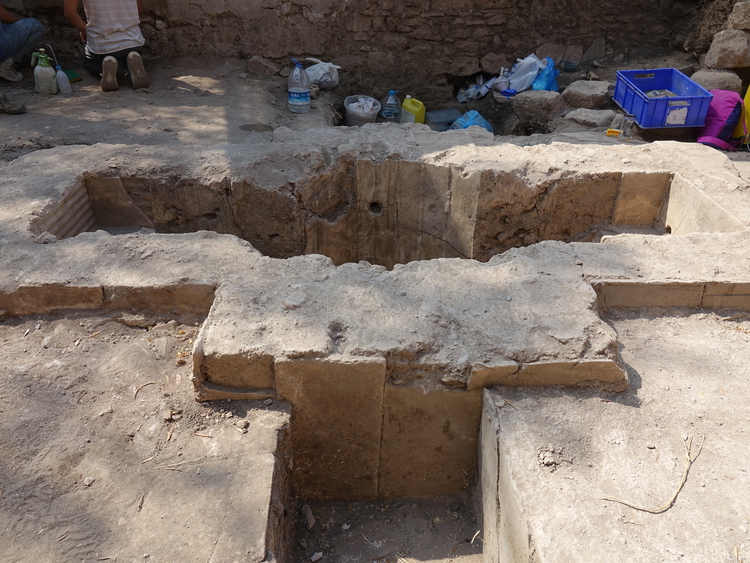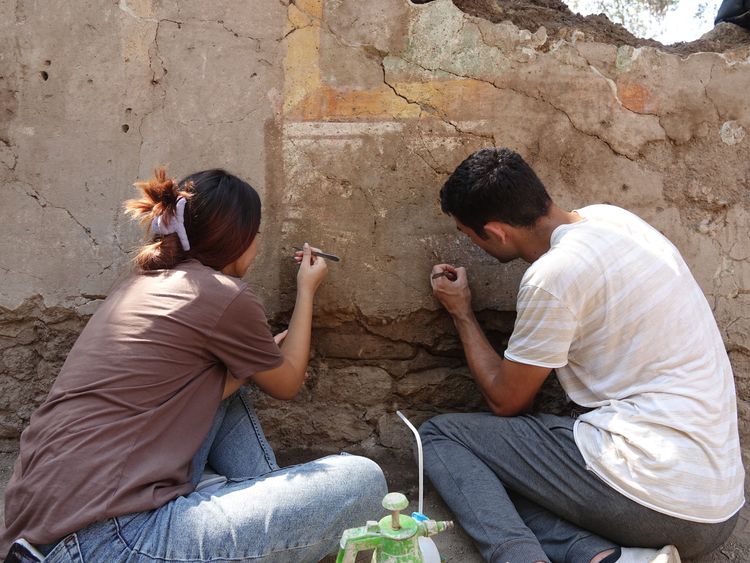A Roman structure converted from a villa into a baptistery was discovered in the ancient city of Antandros in Balıkesir.

A Roman villa was identified in a new area where excavations began in 2024 under the supervision of Prof. Dr. Gürcan Polat, a faculty member at the Ege University Archaeology Department and head of the Antandros Excavation Committee.
It has been reported that the Roman structure unearthed during excavations in the ancient city of Antandros, which have been continuing uninterruptedly for 24 years in the Altınoluk neighborhood, will shed light on the history of Christianity.
🔹 Anadolu Agency for current developments, exclusive news, analysis, photos and videos
🔹 AA Live for instant developmentsEge University Archaeology Department Faculty Member and Head of the Antandros Excavation Committee, Prof. Dr. Gürcan Polat, reported that they made an important discovery during the Antandros excavations that began in 2001.
Polat announced that they discovered a Roman villa in a new area where work began in 2024 and that it had been converted into a baptistery.


Prof. Dr. Polat said that they have been working in different areas to understand the necropolis and settlement layers, which are rarely seen in Anatolia, and to understand the stoography.
Polat stated that they could not work in that area because some areas were privately owned, but they started working in a new area in 2024, and that they thought another villa, located on the hillside about 30 meters southeast of the Roman villa, was built around 300 AD.

Polat, who stated that the newly discovered structure is approximately 7.20 meters long and 5.90 meters wide, has a marble-paved floor and two floors of frescoed walls, said, "It was initially designed as the space of a Roman villa, but after Christianity was accepted as the official religion, it was converted into a baptistery."
Polat noted that a baptismal pool with a diameter of 1 meter, descended by three steps from the east and west, was built in the middle of the space, and that the wall frescoes were also renewed in the mid-5th century.

Prof. Dr. Polat stated that the frescoes on the walls are quite colorful and have vibrant colors and include panels and plant decorations, and that they tried to remove the lime layer formed by nature and aimed to see the motifs more clearly.
Polat also stated that they have initiated new excavations in both the east and west of the site to understand its complex. He said, "There is a Christian monograph carved into the mortar on one of the walls, and there are niches. Now we are trying to go down there and understand the plan of the entire site."

Prof. Dr. Gürcan Polat thanked the Ministry of Culture and Tourism, Heritage for the Future, Balıkesir Metropolitan Municipality, and Edremit Municipality for their financial contributions to this year's excavations.

AA




